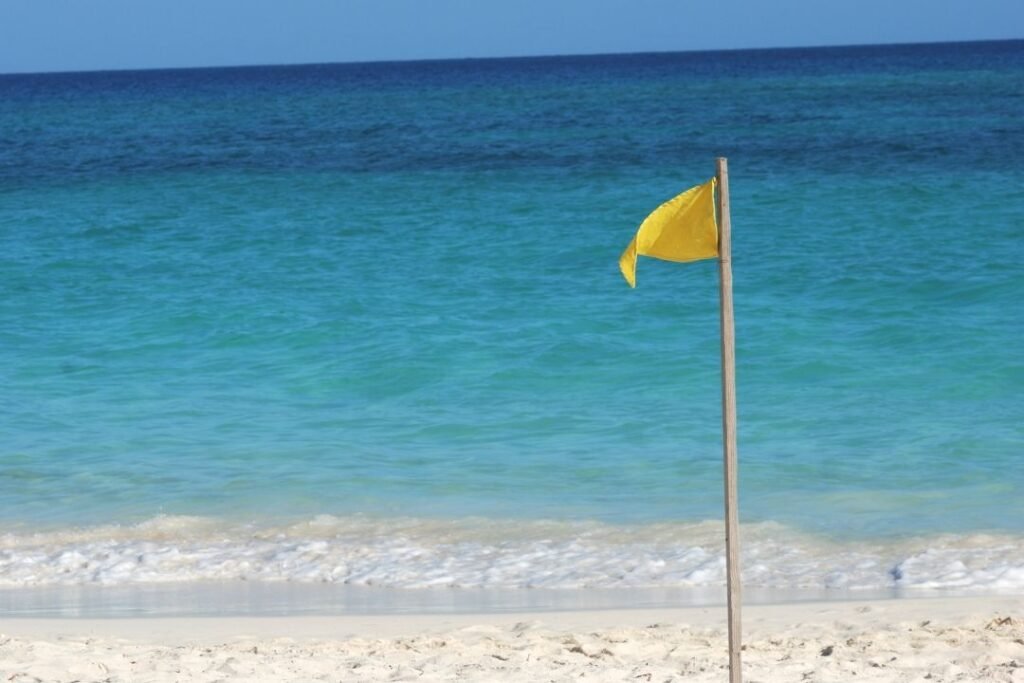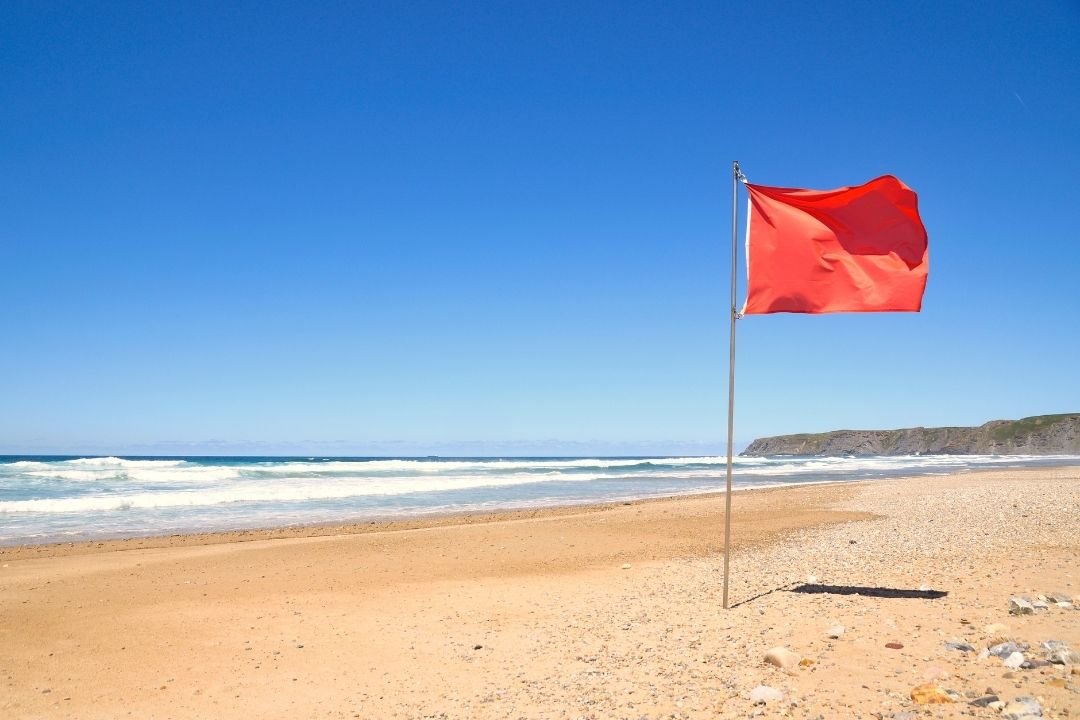Welcome to the warm turquoise waters and steady trade winds of Zanzibar! If you’re a kitesurf beginner in Zanzibar, you’ve chosen one of the world’s most welcoming spots to learn. But like any adventure sport, kitesurfing comes with its own rules and risks. In this guide, we’ll cover everything you need—from local regulations and flag signals to wind analysis, rescue protocols, insurance must-haves, and insider tips—to keep you safe, confident, and smiling on your first ride.
Why Zanzibar Is Perfect for Kitesurf Beginners
Zanzibar offers shallow, flat lagoons, predictable winds, and a friendly kitesurf community. Here’s why you’ll love learning here:
- Side-Onshore Winds: Gentle at launch, steady mid-ride, and push you back to shore rather than out to sea.
- Warm Water Year-Round: No cold shock—just sunshine and smiles.
- Professional Schools: Certified instructors, rescue boats, and safety gear at every beach.
- Vibrant Community: Beginner zones, social sessions, and evening kite meet-ups.
1. Local Rules & Flag Signalling
1.1 Zanzibar Beach Regulations
Each beach has its own set of rules designed to keep riders and non-riders safe:
- 👟 Launch Zones Only: Always set up in marked kite-launch areas—away from swimmers, fishermen, and coral reefs.
- 🚤 Boat Lanes: Avoid marked boat channels; these are for dhows and water taxis.
- 👮 Beach Patrol: Staffed by lifeguards during peak hours (08:00–17:00). Follow their instructions at all times.
1.2 Understanding the Flag System
Flags are your first line of visual communication on the beach. Learn them like traffic lights:
- Green Flag – Safe: Perfect conditions for launch and riding.
- Yellow Flag – Caution: Variable wind or mild currents; keep your board close.
- Red Flag – Danger: Strong gusts, heavy currents, or equipment failures reported. Kite down!
- Black & White Checkered – Rider-Only Zone: Designated kitesurf area; respect the boundaries.
Quick Tip:
Before every session, snap a photo of the flag station with your phone. It’s easier than memorizing flags, and you can zoom in if you forget!
2. Reading Wind Conditions & Currents
2.1 Wind Direction & Strength
Understanding wind is like learning to read the ocean’s mood. Use these simple tools:
- Wind Meter App (e.g., Windfinder, Windy): Check average and gust data.
- Natural Indicators: Notice how palm fronds sway, look for whitecaps, or spot spray blowing off the water.
Wind Window 101
Your kite moves in a 180° “wind window”:
- Power Zone: Directly downwind—strongest pull, best for jumps.
- Edge of Window: Gentler pull—ideal for cruising and first lessons.
2.2 Spotting Rip Currents
Rip currents are sneaky fast channels of water flowing out to sea. Learn to spot them:
- Foam or debris streaks moving away from shore.
- A noticeable channel of calmer water between breaking waves.
What to Do If You’re Caught:
- Stay calm—panicking wastes energy.
- Point your board parallel to the shore and ride out of the current.
- Once clear, head diagonally back in.
3. Rescue Protocols & Essential Gear
3.1 Must-Have Safety Equipment
- Life Vest / Impact Vest: Provides buoyancy and protection.
- Quick-Release Harness: Practice pop-away before heading out.
- Emergency Whistle: Loud, light, attaches to your vest.
- VHF Radio (Optional): Rentable at our resort for remote spots.
3.2 How Rescues Work in Zanzibar
Our certified schools coordinate closely with beach patrol:
- 🚤 Rescue Boats: Patrol flagged zones 08:00–17:00.
- 📣 Signal for Help: Three short whistle blasts or wave both arms overhead.
- 🛟 Pickup Points: Designated floating markers—ride towards them if you’re tired.

4. Insurance & Medical Coverage
4.1 Why You Need Kitesurf-Specific Insurance
Standard travel insurance often excludes adventure sports. Look for policies that include:
- ✅ Water Rescue: Boat or jet ski recovery.
- ✅ Medical Evacuation: Airlift in case of serious injury.
- ✅ Liability: Coverage if you damage others’ equipment or boats.
4.2 Top Insurance Tips
- Purchase before you leave home—some policies require a 48-hour waiting period.
- Carry digital and paper copies of your policy and emergency contacts.
- Register your policy number with our front desk upon arrival.
5. Top 5 Safety Tips for Every Beginner
- Stay Updated: Check wind and flag signals before every session.
- Buddy System: Kite with a friend or under instructor supervision.
- Gear Check: Inspect lines, harness, and quick-release before launch.
- Warm Up: Light stretches to prevent strain and cramps.
- Know Your Limits: If conditions feel too strong or you’re tired, call it a day.
6. Common Beginner Mistakes & How to Avoid Them
- Over-Hooking In Early: Wait until you’ve mastered body drags before full harness use.
- Ignoring Local Advice: Chat with instructors about daily wind quirks.
- Launching from Rocks: Always choose sandy, debris-free zones.
- Forgetting Hydration: Bring at least 1 L of water per hour on the beach.
Conclusion & Next Steps
Armed with these kitesurf safety insights—local rules, flag systems, wind and current mastery, rescue protocols, and insurance essentials—you’re ready to conquer Zanzibar’s lagoons with confidence. Remember: safety first, stoke second!
Ready to start your adventure? Book your beginner kitesurf package today and ride the Indian Ocean waves like a pro!




